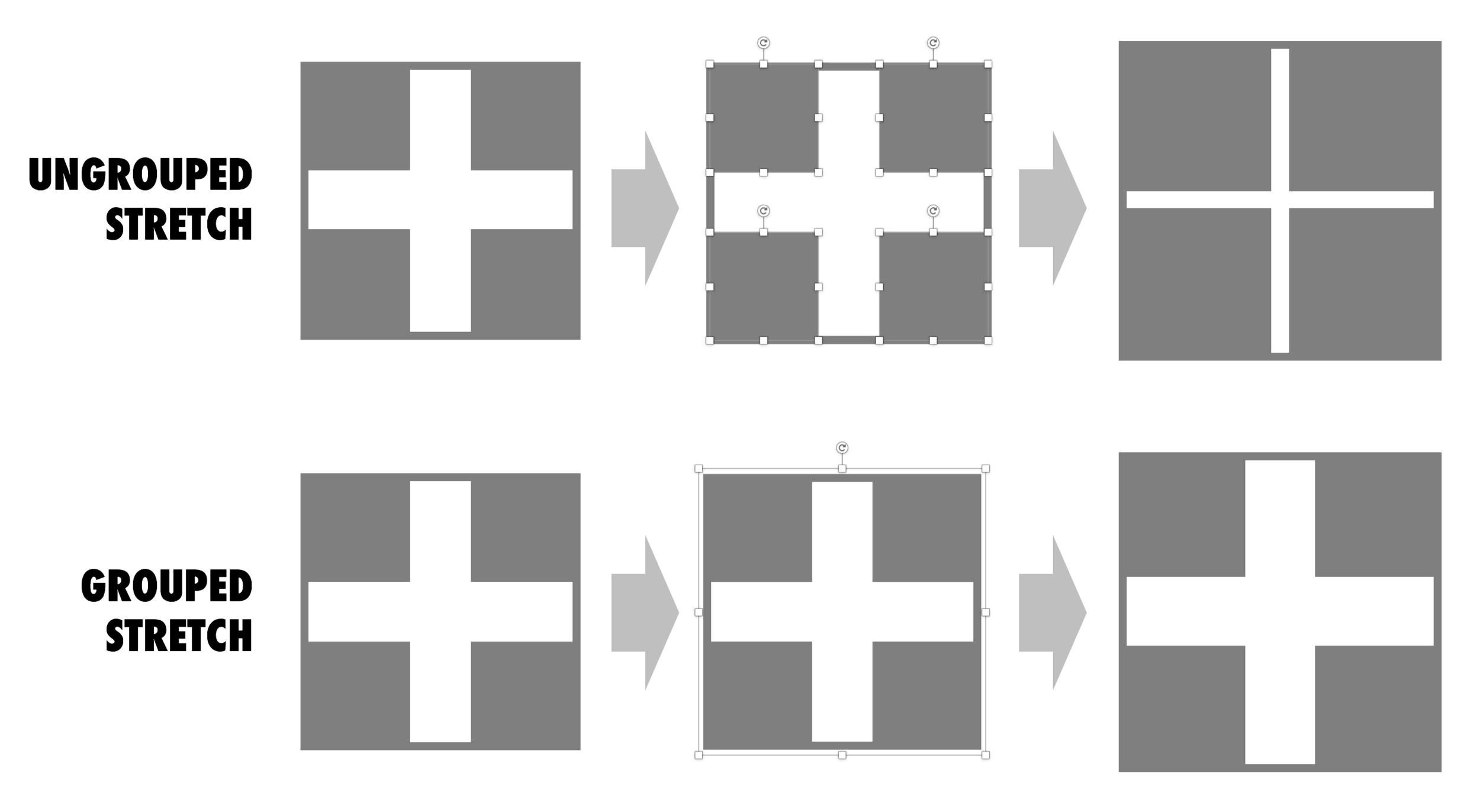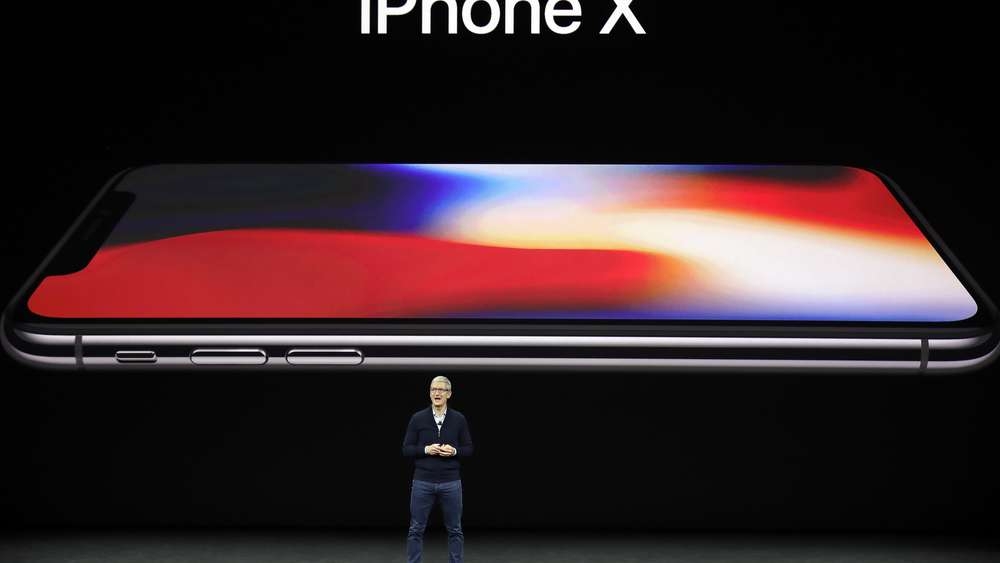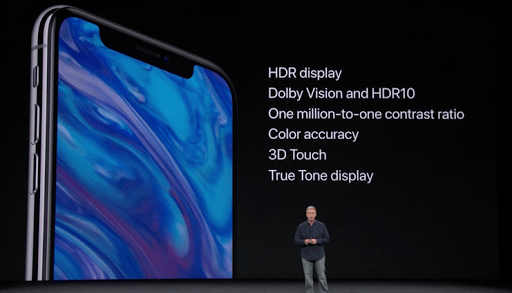As a professional presentation designer I deal with highly confidential information in almost every presentation I work on. Let's look at NDAs (non disclosure agreements) from different perspectives.
As a founder, inventor, entrepreneur, you have every incentive to get people to sign an NDA before sharing confidential information. You have this fragile idea that anyone could just steal and replicate. Also, NDAs are important when applying for patents. If someone can prove that your idea was "out in the open" without NDA protection, you could lose your claim as its inventor.
Investors see thousands and thousands of deals in a year. Signing an NDA for each single one of them creates some practical problems. You would have to thoroughly check 4 pages of dense legal text for each one of them, you need to keep track of all the agreements over time in order not to forget the thousands of legal obligations you entered into over the course of 20 years. That is the reason most investors won't sign an NDA.
Since investors hold the check book, they are in a pretty strong negotiation position versus the inventor. What to do? In most cases it is possible to explain an idea without signing an NDA. Simply leave the very specific bits out of the pitch. When the due diligence process advances, you might have a chance to get the investor to sign later on, as the probability of making an investment increases.
Even if the investor had bad intentions, it is pretty hard to copy a startup idea after glancing through an investor deck. You need to have the required technical know-how, the team, etc. etc. to make it happen. And even if you have all that, you need to put in the sweat to make it actually happen.
The only investors I would watch out for are those who invested in a complete, direct competitor of your product. Although most investors probably have the ethics to try to keep things separate, it is hard to "unsee" a strategy slide in a deck of a competitor when you are about to make big decisions in the Board meeting of your portfolio company. (There is a broader issue here though, whether this investor is actually a good investor for you in general).
What about designers? Like investors, I tend not to sign NDAs in the early phases of a project discussion. There are so many draft decks coming in, that it is not worth entering a legal agreement just to scope a project. I ask the potential client to send me materials that can be shared without an NDA to make a project quote.
If we end up working with each other, I do sign NDAs (unlike investors), but usually with 2 conditions: they should be capped in time, so that whatever I sign, I know that the obligation will go away at some stage in time and I won't be burdened with legal obligations that I will have forgotten about in 10 years from now. Watch out with the legal language in these contracts. One clause can say that the agreement runs for let's say 3 years, but then another one later on can state that the obligations of the contract last forever (I have seen ones where my children would have been legally bound as well). The second condition is not to include non-competes. They are very hard to define, easy to forget.
Having said that, many of my clients trust me enough that they email me the most sensitive data without any NDA (for example detailed portfolio return data of VC funds). This is usually the case when we have a lot connections in common, and/or, the other party understand that the key asset of an independent designer is reputation, I will go out of business and suffer a major personal blow the second after I spill confidential information, and that might be the best insurance of your confidential data.


























